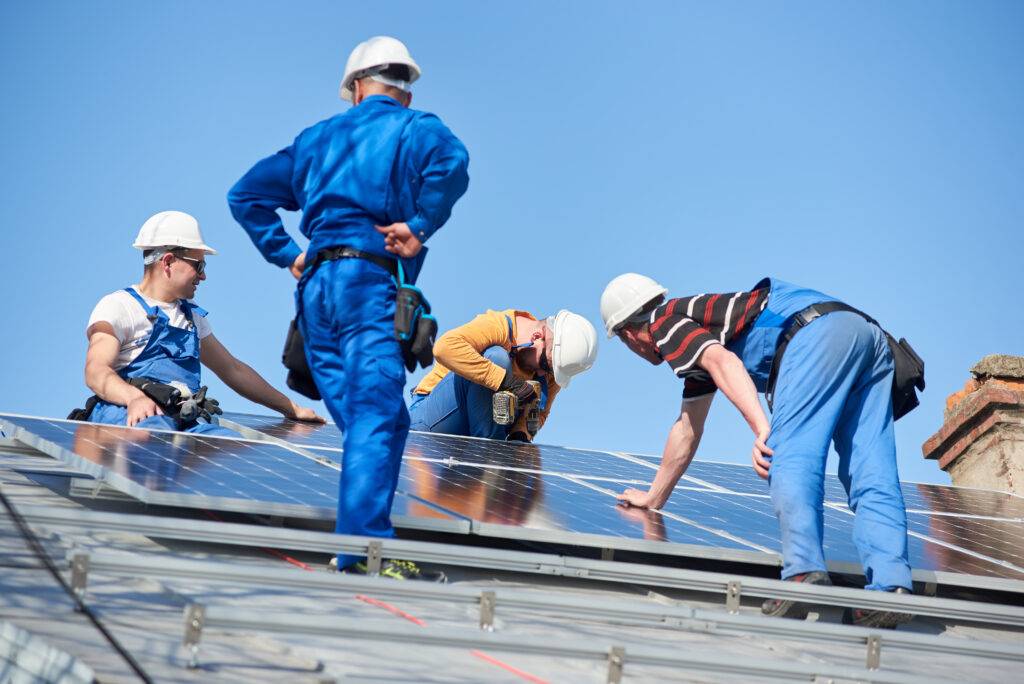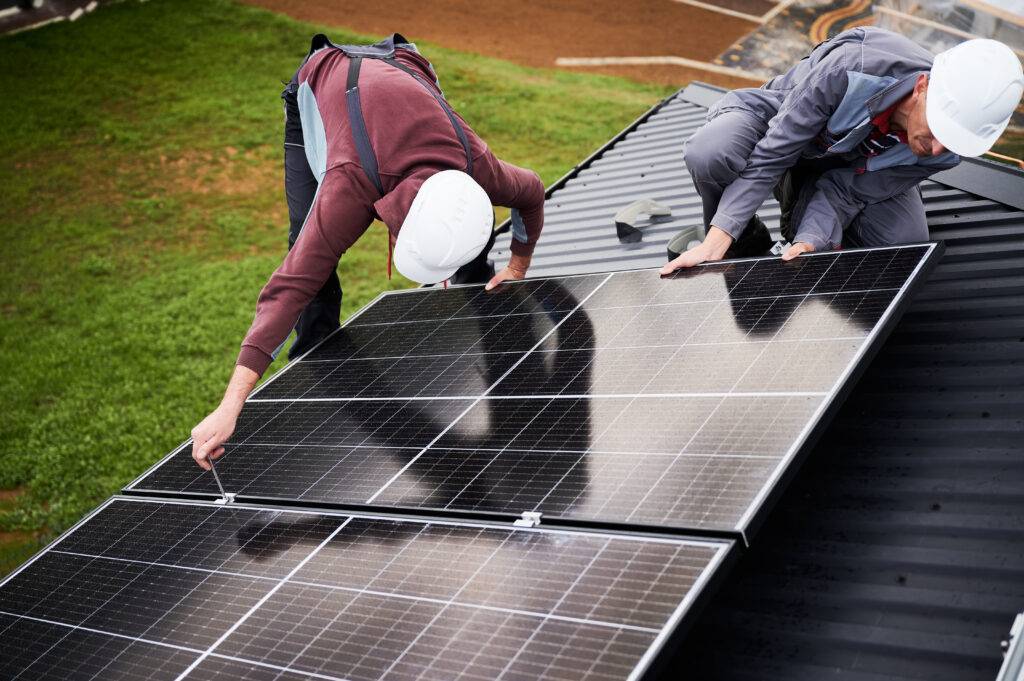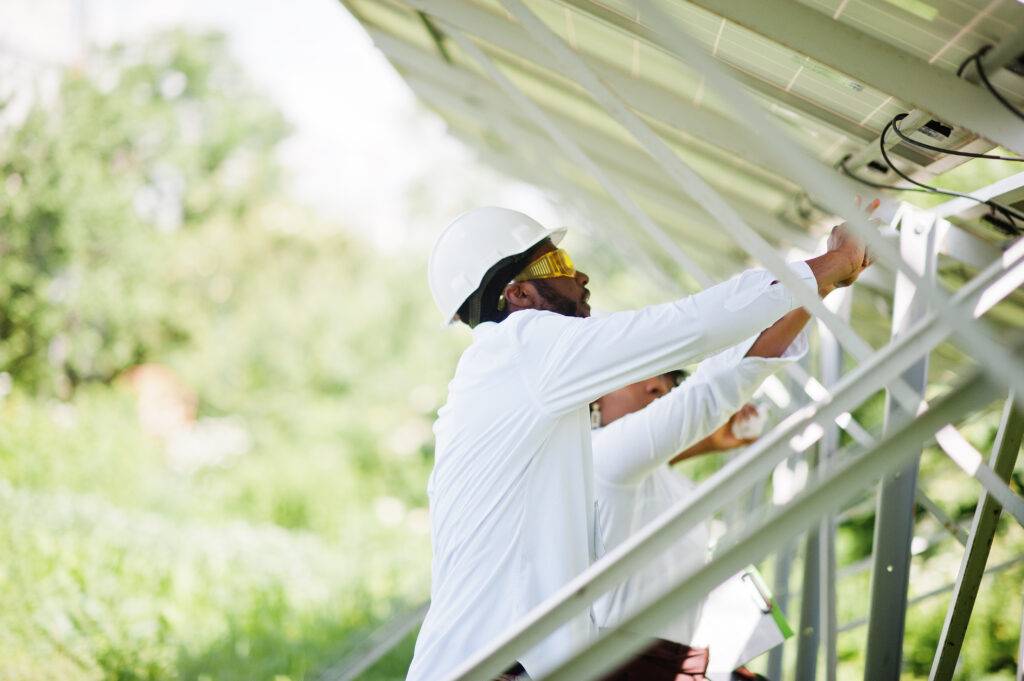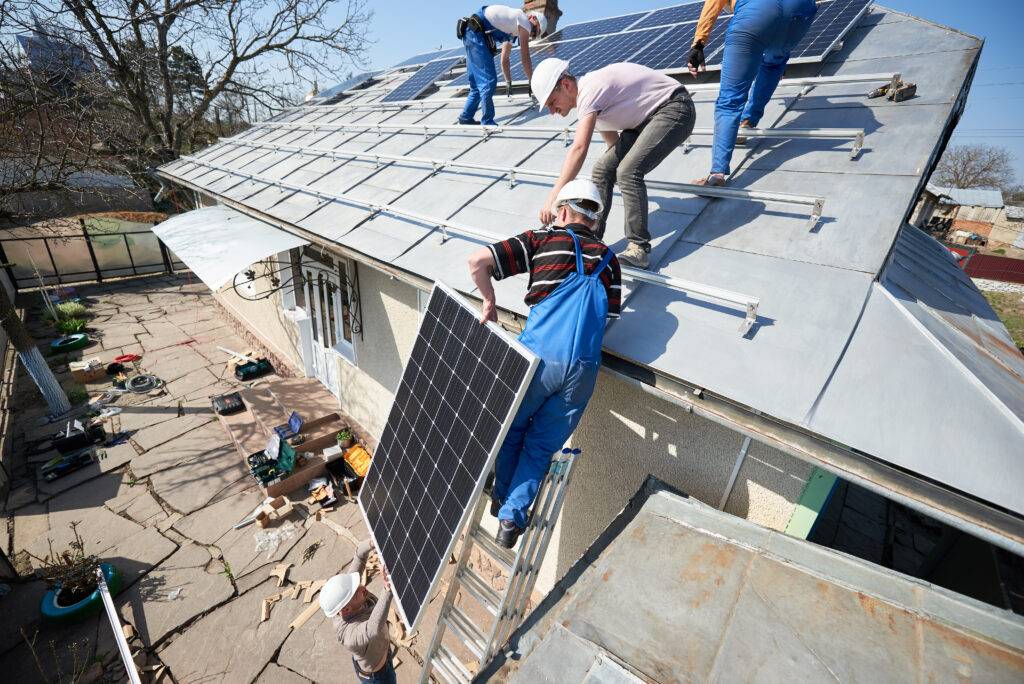I still remember the moment when I first contemplated installing solar panels on my roof. It was a warm afternoon, and I was lounging in my backyard, enjoying the sunshine. The idea of harnessing that energy for my home seemed not just logical but also incredibly empowering.
But as a seasoned journalist, I knew there was more to it than just buying a few panels and slapping them on the roof. This journey takes you through the complexities of solar panel installation, from understanding the benefits to tackling the actual installation process.
The Reason to Install Solar Panels

The core reason I wanted to install solar panels was to reduce my carbon footprint and reliance on non-renewable energy sources. My electricity bills were consistently high, and I knew that the power I used was coming from coal-fired plants. I needed a way to transition to renewable energy, but I was also aware of the challenges—initial costs, installation complexities, and regulatory hurdles.
Benefits
To tackle these challenges, I began by researching the benefits of solar panels and the steps involved in installation. I spent hours reading articles, watching YouTube tutorials, and speaking with solar energy experts. Here’s what I found:
- Environmental Benefits: Solar energy is a clean, renewable resource. By installing solar panels, I could reduce my carbon footprint and decrease my reliance on fossil fuels.
- Cost Savings: Although solar panels require an initial investment, they can significantly reduce electricity bills over time. In some cases, homeowners can even sell excess energy back to the grid, creating an additional source of income.
- Incentives and Tax Breaks: Many governments offer incentives, tax credits, and rebates for installing solar panels. These can significantly reduce the initial costs.
Understanding the Installation Steps

After understanding the benefits, I dived deeper into the installation process. It wasn’t just about placing panels on the roof; I had to consider factors like roof orientation, panel types, local building codes, and more. Here’s what I learned:
Assessing Roof Suitability: The ideal roof for solar panels should have a south-facing slope with minimal shading. Roof condition and space availability are also critical factors.
Choosing the Right Panels: Solar panels come in various types—monocrystalline, polycrystalline, and thin-film. Each has its own pros and cons regarding efficiency and cost.
Hiring a Professional Installer: While some DIY enthusiasts might attempt to install solar panels themselves, it’s generally advisable to hire a professional. They can navigate local building codes, ensure proper installation, and handle electrical connections safely.
Comparing Rates Among Solar Panel Installation Companies

After deciding to install solar panels, one of my biggest challenges was choosing the right professional installer. With so many companies offering installation services across the United States, the range of prices and service levels was staggering. To narrow down my options, I started by focusing on companies with solid reputations, certified installers, and a track record of successful projects. Here’s how I approached the task and the results of my research.
First, I looked for companies with a strong presence in the solar energy market. I searched for installers certified by the North American Board of Certified Energy Practitioners (NABCEP), a respected organization that sets high standards for solar installation professionals. Additionally, I checked customer reviews on platforms like Yelp and Angie’s List to gauge customer satisfaction.
Once I had a list of reputable installers, I began comparing rates. Solar panel installation costs can vary based on several factors, including:
Location: Rates can vary depending on the cost of living and local labor costs.
System Size: Larger systems generally cost more, but they also offer greater energy output.
Panel Type: Higher-efficiency panels often come with a premium price tag.
Additional Features: Extras like battery systems, smart monitoring, or special mounting equipment can add to the overall cost.
I contacted some reputable companies to get quotes for my solar panel installation. Here’s what I found:
- The nationwide installer quoted me around $20,000 for a 5-kilowatt system. They included a detailed breakdown of costs, covering equipment, labor, and permits. They also offered a 25-year warranty on the panels.
- Another large installer gave me a quote of $18,500 for a similar system size. They had a slightly shorter warranty period, offering 20 years, but included a free annual maintenance check.
- A local installer with a strong community presence quoted me $22,000. Their rate was higher, but they emphasized personalized service and quicker response times for any issues that might arise.
- This smaller, family-owned business quoted $17,000 for a 5-kilowatt system. They had positive reviews but limited additional features, focusing on basic installation and warranty.
- A regional installer offered a quote of $21,000, with a unique feature—an energy monitoring app that allowed me to track my solar energy production in real time. This company also had a 25-year warranty.
After comparing the quotes, I considered not only the cost but also the level of service, warranty, and additional features. I ended up choosing Company A because of its solid reputation, comprehensive warranty, and detailed breakdown of costs. While they weren’t the cheapest, I felt confident that they would provide high-quality service and support throughout the lifespan of my solar panels.
You can learn more about how to make your house eco-friendly here.
How to install the Solar Panels?

With my research complete and my installer chosen, I moved forward with the installation. Here’s the step-by-step process I followed:
- Assessing My Roof: I hired a professional to inspect my roof for suitability. Thankfully, my roof was in good condition, with a suitable slope and minimal shading. I also checked local building codes to ensure I met all requirements.
- Obtaining Permits and Approvals: Before installing the panels, I needed to obtain permits from the local building department. This process involved submitting detailed plans and getting approvals from my local energy provider.
- Installation Day: The team arrived early, and I watched as they carefully mounted the panels on my roof, ensuring they were correctly aligned and secured. They also installed the necessary wiring, inverters, and other components to connect the panels to my home’s electrical system.
- Connecting to the Grid: Once the installation was complete, my installer worked with the local energy provider to connect my system to the grid. This step was crucial for two reasons: it allowed me to draw power when needed and enabled me to sell excess energy back to the grid.
Conclusion
After a few weeks of running my new solar-powered system, I noticed a dramatic reduction in my electricity bills. It was incredibly satisfying to know that my home was now powered by clean, renewable energy. Not only was I saving money, but I was also doing my part to combat climate change. The installation process was challenging at times, but with the right research and professional help, it was entirely manageable.
How long do solar panels last?
Most solar panels are designed to last between 25 and 30 years. However, their efficiency may decrease slightly over time. Regular maintenance and cleaning can help extend their lifespan. It’s also essential to ensure that your roof is in good condition to support the panels for the long term.
Can solar panels work during cloudy days?
Yes, solar panels can still generate electricity on cloudy days, but their efficiency is reduced. The amount of energy produced depends on the density of the clouds and the overall weather conditions. On very cloudy days, you may need to draw more energy from the grid.
Do I need a battery system with my solar panels?
A battery system allows you to store excess energy for later use, which can be helpful during power outages or at night. While not required, a battery system can provide greater energy independence and flexibility. However, they add to the initial cost, so you’ll need to weigh the benefits against your budget.
Disclaimer: This information is for general purposes only. Consult a professional for specific advice. See our terms and conditions for details.

